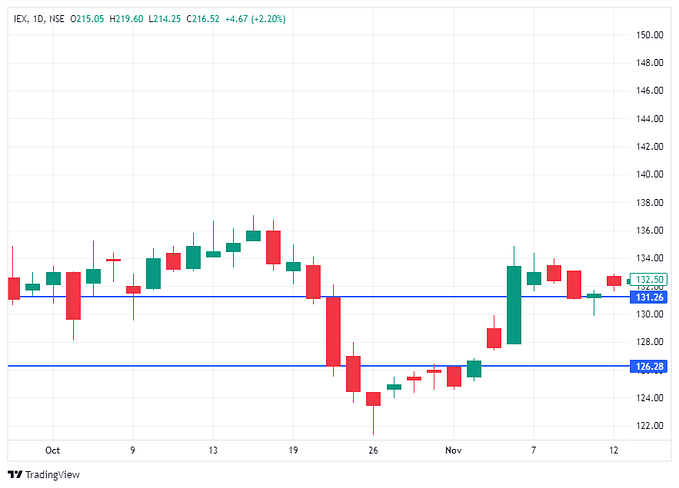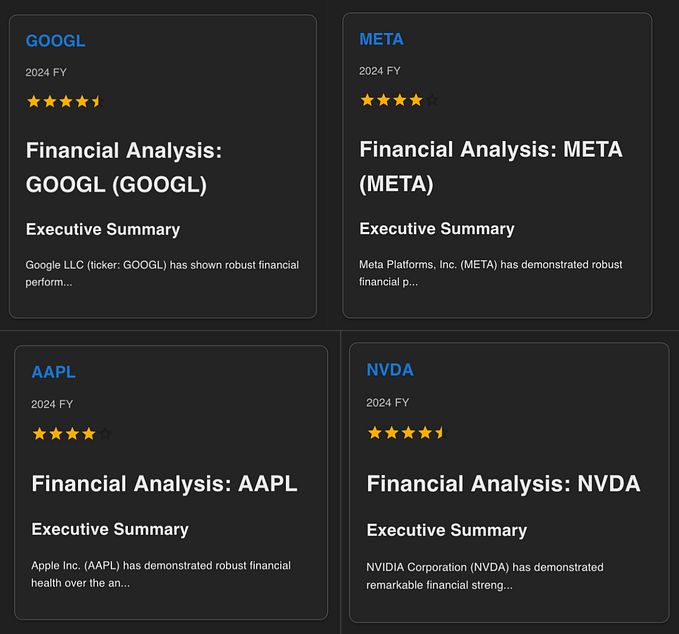
Many hedge funds deploy strategies that seem so elusive or complicated. But regardless of how complex they seem; they must be based on real the world and its economies. There was this investor, hated by many, understand the world economy in a way better than the even countries themselves.
George Soros has achieved an impossible level of wealth by adhering to a set of philosophical ideas he invented. These ideas, while not yet proven by the academics, are really not that hard to understand. In this essay, we will talk about the essence of his strategy and study one of his famous trade — how he broke the Bank of England.

George Soros is a short-term speculator. This means he invests more or less like gambling. He makes massive, highly-leveraged bets on the directions of the financial markets. His hedge fund is known for its global macro strategy, a trading style centered around making large bets on the movements of currencies, commodity prices, stocks, bonds and etc., all based on macroeconomic analysis.
In his words, Soros says — “the objective is to ride the economic trends whose premise is false and step off from it before it is discredited.” He refers to his philosophy behind his trading strategy as reflexivity.
In his view, there isn’t just one reality. There are two forms of reality — one that humans can influence and the ones humans cannot.

Our economy is a mix of both. Humans can influence the economy, like printing more money or create machines. Soros believed that humans can never fully perceived reality, therefore their actions are always biased one way or the other. As a result, they might take actions that cause their subjective reality to divert from the objective reality.
Suppose a country’s real estate market is expanding. This caused people to perceive the real estate market better than it is. Then real estate developers build more houses. Further and further, the number of buildings produced outpaced the amount actually needed. We then have a cycle. In his view, all economic activity has cycles. Soros believes that market participants’ irrational behavior leads to booms and busts that present investment opportunities.

Using the same analysis, in 1992, George Soros and a group of speculators broke the Bank of England by forcing the British government to pull the pound from the (ERM).
Britain entered the ERM with hopes of keeping its currency above 2.7 German marks to the pound. This was fundamentally unsound, mainly due to the fact that Britain’s inflation rate was many times that of Germany’s. You can think of it as the amount of cash added to Britain’’s economy is faster than that of Germany’s. By forcing the rate to be at 2.7, in retrospect, is obviously a bad idea.
In the early 90s, Britain’s economy was a recession, as a result, they had to print more money to stimulate its economy. This will inevitably cause the currency to depreciate. However, the British prime minister at the time John Major kept insisting on keeping the sterling’s position in the EU. But Soros saw that it was just a matter of time before the fundamentals of economics took hold and force them to depreciate the sterling. He started to sell short of the pounds.
George Soros and his peers borrow a large number of British Pounds and decided to sell them in the market at the same time. This caused the exchange rate of the pound to depreciate violently. As a countermeasure, the British government even used almost $26 billion dollars of currency reserve to prevent the depreciation. Yet they couldn’t stop the pounds from depreciating against many currencies.
Consequently, the British government gave in and withdrew from the ERM, once it became clear that it was losing billions of pounds, in its attempt to artificially buoy its currency to higher levels.
Soros Made over $1 billion from this trade — this is equivalent to taking 12.5 pounds from every U.K citizen at the time.

Global Macro strategy is hard for an average investor to follow. But it doesn’t mean we can’t learn from Soros’ ways of speculating on certain financial assets. Like countries, companies often exhibit irrational behaviors, for example taking on more loans to fund a risky project. You can then sell short of the company’s stocks by buying a put option.








